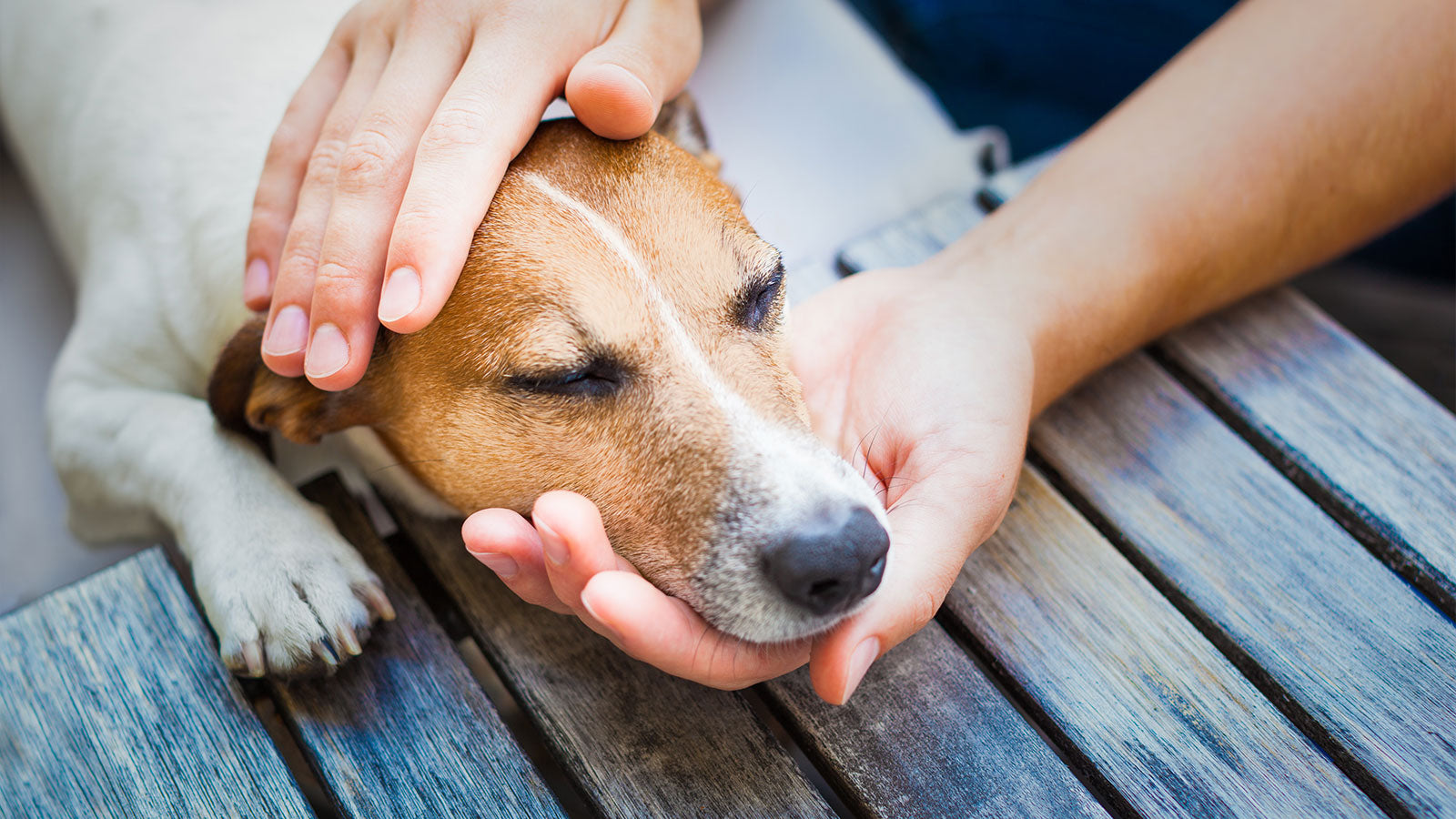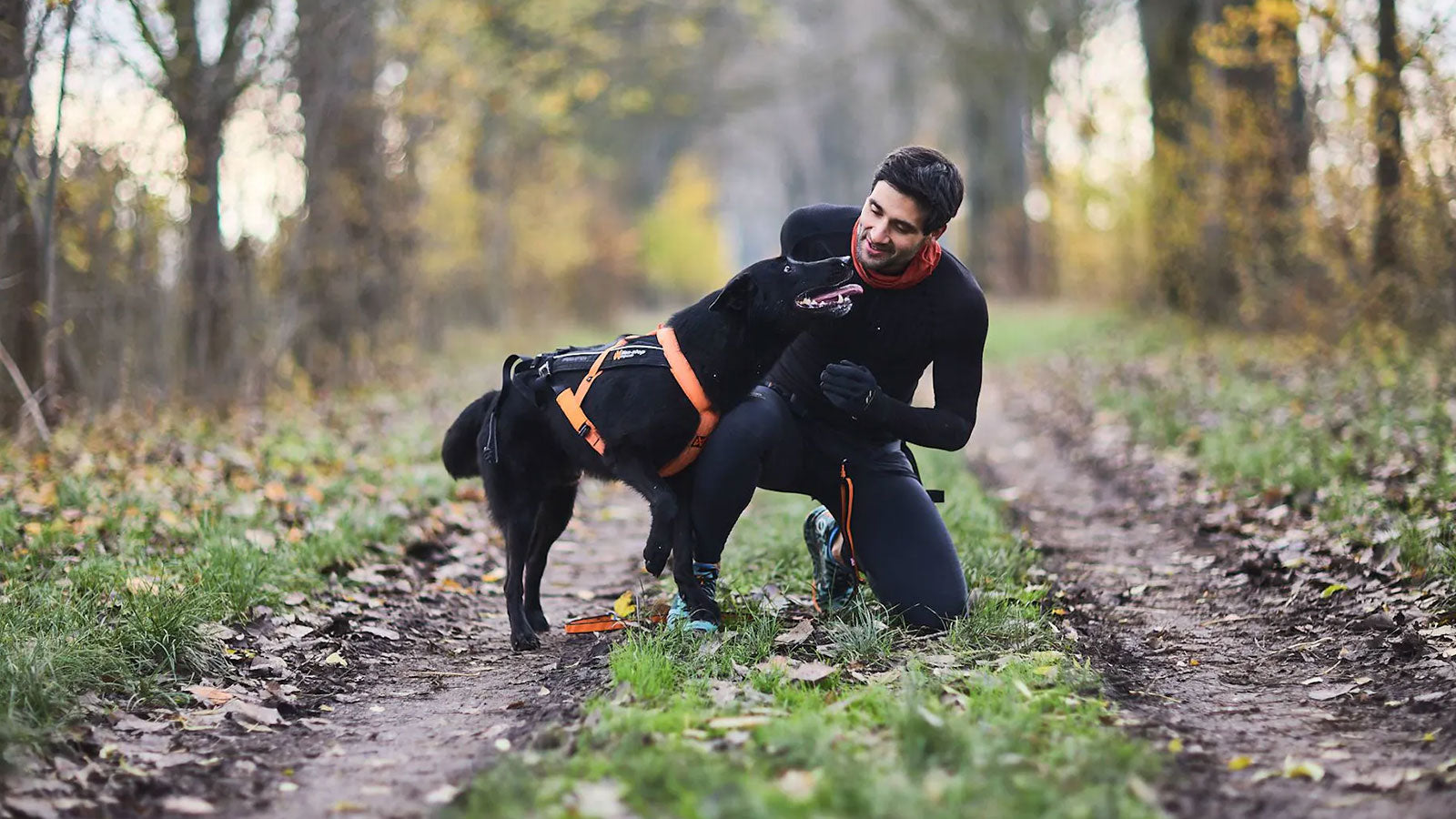Hypoglycemia, or low blood sugar, is a condition that can have serious consequences for dogs, leading to symptoms such as seizures, loss of consciousness, and even death if not managed properly.
Hypoglycemia in dogs, commonly known as low blood sugar, is a condition where a dog's glucose levels drop dangerously low. This condition can lead to various symptoms and, in severe cases, can result in serious health complications such as seizures or loss of consciousness. Recognizing the causes, symptoms, and preventive measures is essential for every dog owner.
Causes of Hypoglycemia in Dogs
Hypoglycemia can occur due to several underlying causes, such as excessive insulin production, liver disease, Addison’s disease, infections, and diabetes.
Excess Insulin: This can be caused by insulinomas, which are tumors in the pancreas that produce more insulin than the dog’s body needs, leading to a drop in blood glucose levels. Xylitol toxicity is another common cause of excess insulin in dogs. Xylitol, a sweetener found in many human foods, is extremely toxic to dogs and can cause rapid insulin release, resulting in hypoglycemia.
Liver Disease: The liver plays a crucial role in producing and storing glucose. Liver disease, whether due to infections or drug-induced damage, can lead to hypoglycemia. Xylitol toxicity can also cause life-threatening liver failure, compounding the risk of hypoglycemia.
Addison’s Disease: Hypoglycemia is a common symptom in dogs with Addison’s disease, affecting about 25% of these patients. This condition interferes with glucose production, and dogs with Addison’s may show other symptoms such as vomiting, diarrhea, and lethargy.
Infections: Severe infections, especially those leading to sepsis, can cause hypoglycemia. Sepsis occurs when the body reacts to an infection by damaging its own tissues. Hypoglycemia during sepsis is often accompanied by dehydration, drooling, vomiting, and an elevated heart rate.
Diabetes: In diabetic dogs, hypoglycemia can occur due to an accidental overdose of insulin, missing a meal, or changes in diet. This condition is particularly dangerous in diabetic dogs, as it can quickly lead to unconsciousness or death if not addressed promptly.
Signs of Hypoglycemia in Dogs
Recognizing the signs of hypoglycemia in your dog is crucial for early intervention. Some of the most common symptoms include:
Lethargy: As blood sugar is a primary energy source, hypoglycemia often causes dogs to become excessively tired and disinterested in exercise.
Loss of Appetite: Hypoglycemic dogs may lose interest in food, even their favorite treats, or may stop eating altogether.
Twitching and Trembling: While twitching can sometimes be benign, if your dog is twitching while awake without a clear cause, it might be a sign of hypoglycemia. Trembling, which is a more constant movement, can also indicate low blood sugar, especially if there’s no other apparent cause like pain or cold.
Lack of Coordination: Hypoglycemia can cause dogs to stumble, have trouble walking or standing, and lose their balance.
Vision Loss: Severe hypoglycemia can lead to vision problems, from blurriness to complete blindness, making dogs more likely to bump into objects or appear disoriented.
Seizures and Loss of Consciousness: In the most severe cases, hypoglycemia can cause seizures or even loss of consciousness. Immediate veterinary attention is required if these symptoms occur, as they can be life-threatening.
Preventing Hypoglycemia in Dogs
Preventing hypoglycemia involves a combination of proper diet, regular feeding schedules, and monitoring your dog’s health, especially if they are prone to this condition.
Here are some preventive measures:
- Feed your dog high-quality foods that provide a balanced diet.
- Ensure your dog maintains a healthy weight through proper diet and exercise.
- Stick to a regular feeding schedule to easily notice if your dog’s eating habits change.
- Be mindful of your dog’s specific nutritional needs, particularly in dogs with underlying health conditions.
Dietary Considerations for Hypoglycemic Dogs
For dogs prone to hypoglycemia, especially those with conditions like diabetes, maintaining regular meal times with adequate food intake is crucial. High-quality, unprocessed foods with the right balance of fats and proteins should be prioritized. It’s essential to avoid feeding your dog food with unnecessary additives or poor nutritional value.
In conclusion, hypoglycemia in dogs is a serious condition that requires prompt attention. By understanding the causes, recognizing the symptoms early, and taking preventive measures, dog owners can help ensure their pets lead healthy and active lives.






Share:
Understanding Dog Vomit: What Different Types and Colors Reveal
How to Know if Your Dog Has a Toothache: Signs, Symptoms, and Solutions